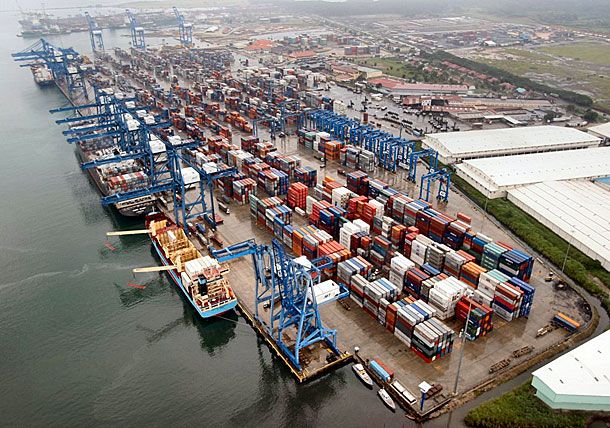CAF: Promoting the Maritime & Port sector of Latin America
A Study of the Development Bank of Latin America
According to The Development Bank of Latin America (CAF) reports that for the countries of this region to enhance their competitiveness in the maritime and port sector at a maximum level in the long term would require a maritime investment and port investment of approximately USD 55,000 million during the next 20 years. This figure was presented in the port investments analysis report in Latin America and the Caribbean at the 2040 horizon, carried out by the CAF.
This investment would focus on increasing container port capacity, optimizing the operation and deepening dredging in port nodes.
In essence, the CAF highlights that the gap between demand and the future container handling capacity of the ports, projected at 113 million TEUs by 2040, must be covered. It clarifies that the long-term gap is focused on Mexico ( 20%) South Pacific (26%) and Central America and the Caribbean (35%) as they would suffer the recommended saturation level from 2017.
Medium term
It would require an investment of USD 15,000 million for the port markets of Mexico (25%) Brazil (13%) and Panama (12%). It should be noted that both Argentina and Brazil would focus their investment on avid dredging plans.
Long term
In the long term, Mexico (25%) Panama (16%) and Brazil (13%) stand out for their high investment needs. In essence, Mexico would need a quarter of the total investment of entire Latin America.
Comments of the author of the study
“The 2040 vision of the maritime and port sector in Latin America and the Caribbean allows us to see an attractive context for investors, based on factors such as the expected increase in GDP, industrial diversification and technology, the strengthening of the services sector, improvement of logistics corridors, among others, that accompanied by a port modernization will allow to exceed 150 million TEUs (triple the current traffic), have more than 20 ports of more than 2 million TEUs (currently there are only 6), serve new ships generation at full load in the main nodes, be part of trunk shipping routes with direct connections to all markets and massively develop cabotage and fluvial traffic, among others, “explained Rafael Farromeque, senior specialist of the Vice Presidency of Infrastructure of CAF and author of the report, mentioned the magazine Dinero.
The Money article also indicates that “The challenge is to advance in the modernization of the port system from a network perspective that encompasses the entire regional port system and offers a long-term vision. The modernization of port infrastructure should be accompanied by a strengthening of governance models, deployment of specialized logistics infrastructure, securing land and maritime accessibility, given that these aspects still have a wide margin of development in most port areas. “, Added Farromeque.

